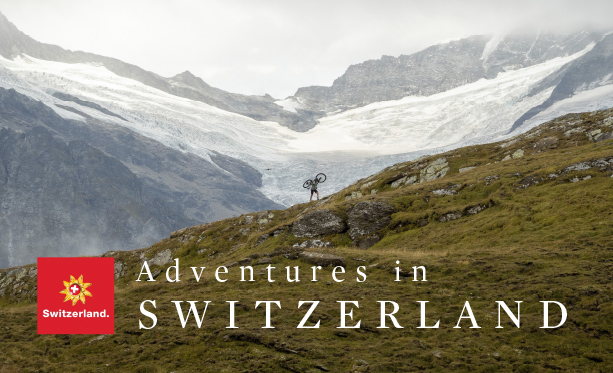Why We Run
Inspiration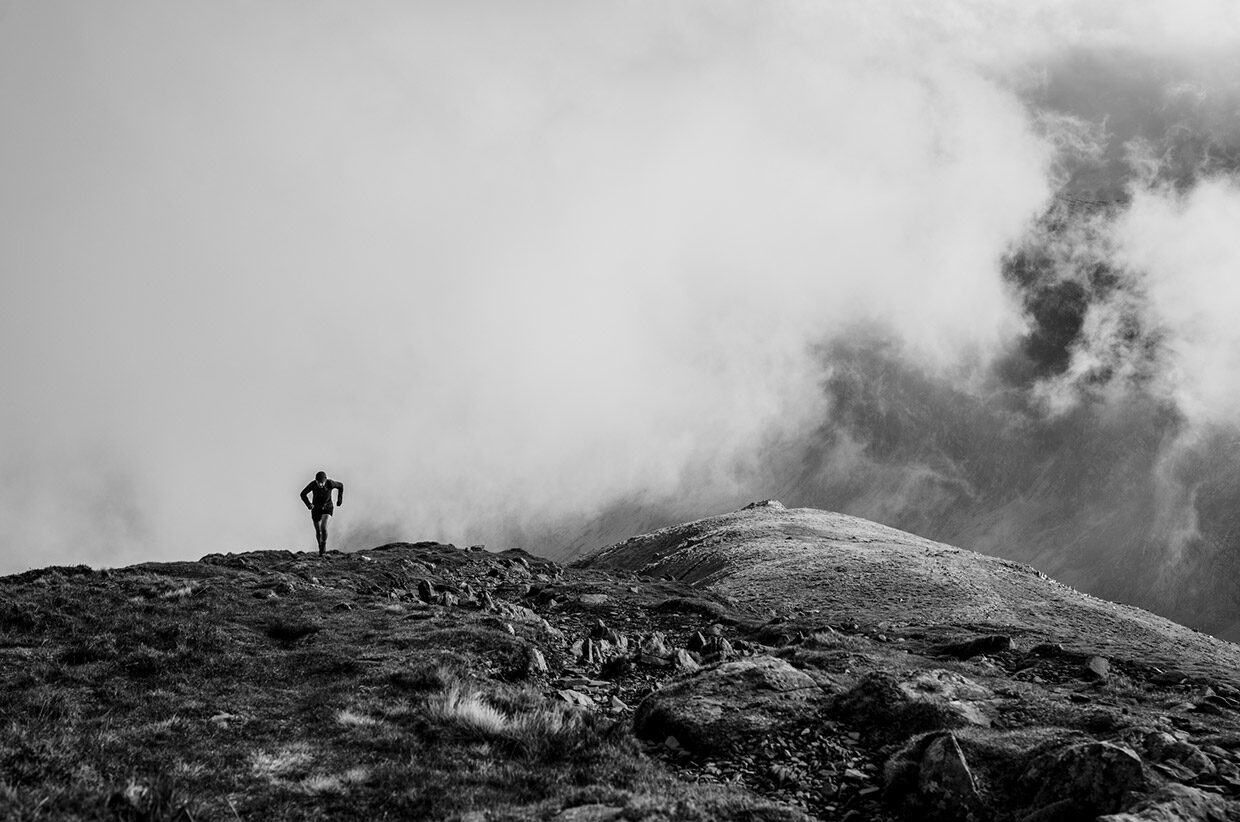
Tales of fell and trail running in the Lake District
Words & Photography by Danielle Ledbury
Why We Run is a photo project documenting runners and their stories in fell, mountain, and trail running. 28 runners tell their tales of why they run in the trails and fells of the Lake District.
Why do we run? It’s a question I asked myself during a steep ascent of a trail in the heart of the Lake District back in 2020.
I thought about the stories the trails have seen and heard over the years. From navigating grief, heartbreak, and illness to finding purpose, a sense of belonging, and community. I was compelled to hear them for myself in the hope that sharing them would inspire other people with the powerful and often life-changing impact running can have.
I spoke to 28 runners who have a connection with the Lake District. They picked their favourite locations; I unpacked my camera and photographed them as they told me what running meant to them, physically, mentally, and emotionally.
Realising that trails exist – often well-trodden – between hardship and exhilaration or recovery is an empowering thing. Sometimes knowing that others have taken a similar journey is enough to remind us to get out the door.
Here are two extracts from the book exploring grief, vulnerability, and self-improvement in the fells.
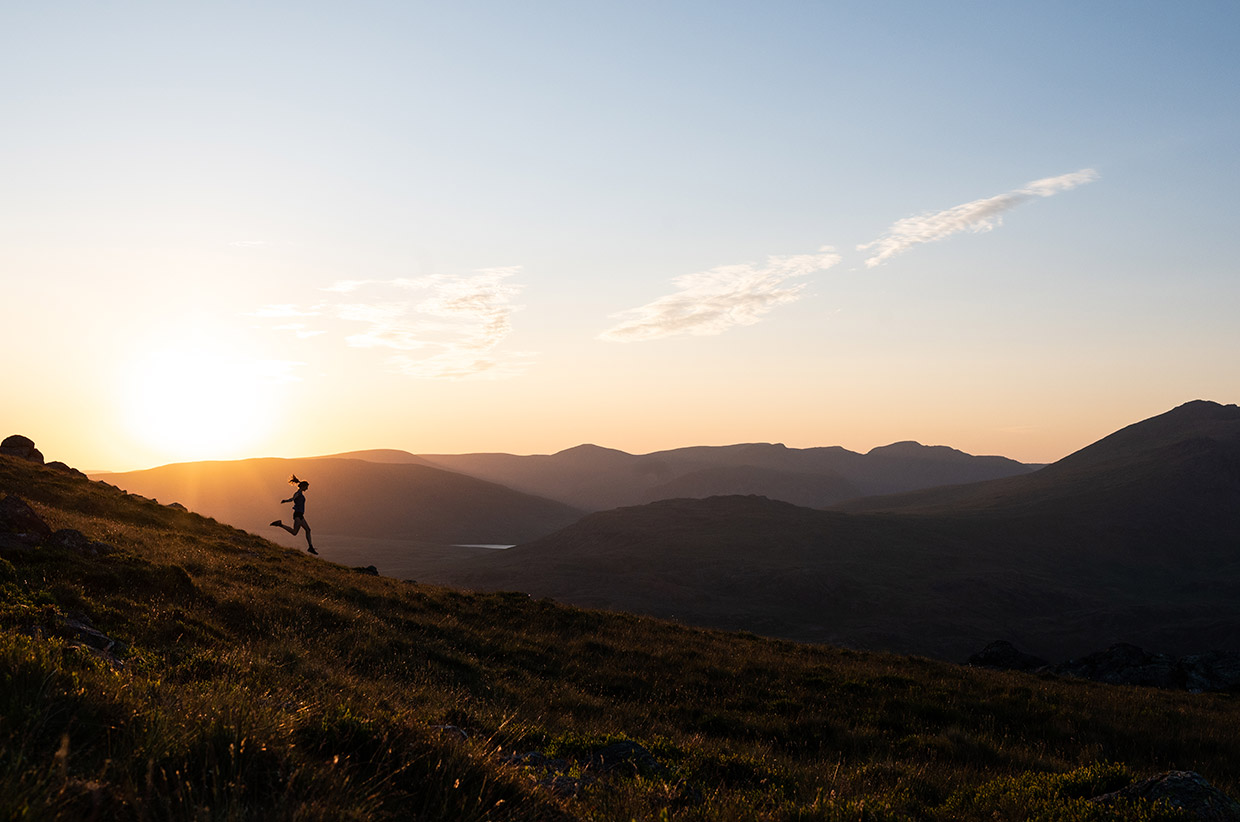
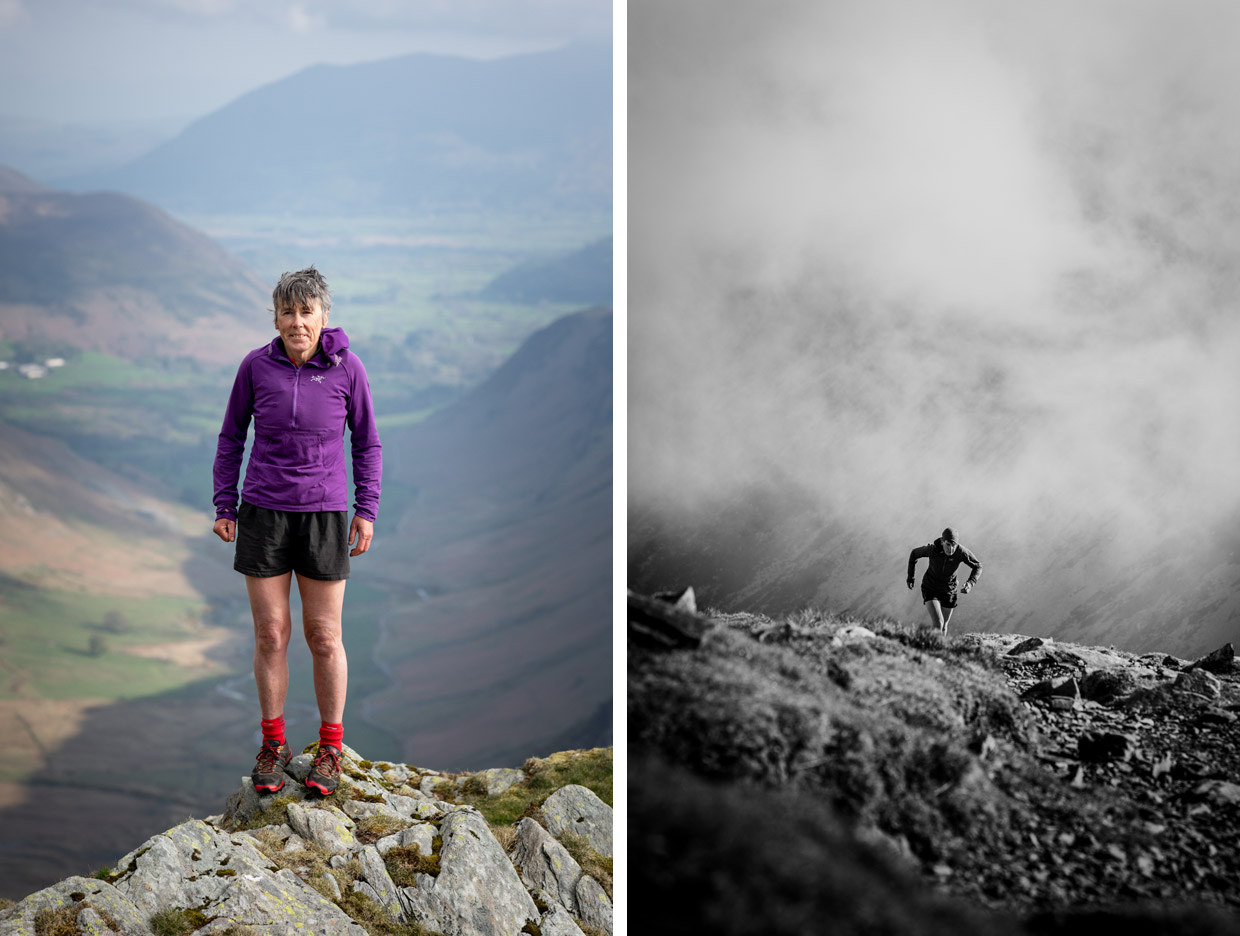
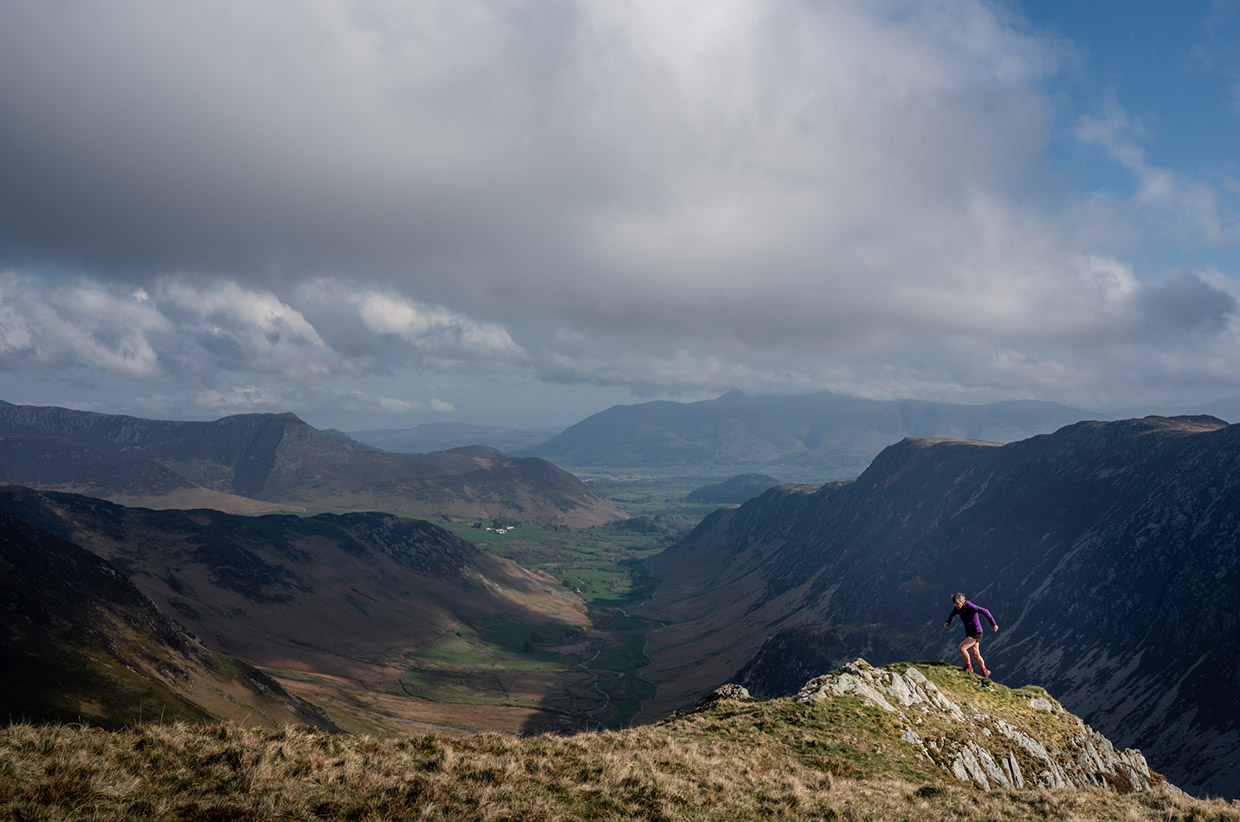
Julie Carter, an author and doctor, shares how the fells helped her navigate the profound grief of losing a close friend in a climbing accident.
I moved to the Lake District and became a GP in 2005. The summer after that, a group of us went climbing in the Alps. During the trip, a close friend of mine, Kit, died in an accident. I was with her when she died. My partner Mandy was with her too, and after Kit’s death, neither of us could climb. We loved climbing – it was our life – but neither of us could face it again. So that winter, after we came back from the Alps, I went running in the fells.
Things were tough at work. There was no empathy or support when Kit died. I was shocked by the way doctors and medics get treated if they need care. I became a solitary soul after that, going out on these whole-day runs.
You never get over something like the death of a close friend; it’s been 17 years now since we lost Kit and I still think of her, and it still breaks my heart.
Running helped me through that period of grief. I think it’s because there’s a reliability about fell-running, especially when you’re training for a route and you get to know the trods and paths. The landscape becomes something solid that does not give way. It’s trusty, and, even though you might not trust yourself, there’s an unyielding firmness and physicality to the fells. Being among them feels a bit like being held.
The other thing is that the fells don’t demand anything from you; you can be whoever you want or need to be, and because I was often running on my own, I would cry and cry as I ran. There was release in that.
Racing has taught me how to be OK when you’re not OK. About how, even when you’re in extreme discomfort, there’s still part of you that’s fine. I have learned to observe myself at a distance – keeping calm even though my body is in pain, or my lungs are about to burst, or I’m freezing on a winter’s morning.
When people talk about ‘smashing it’ and ‘nailing it’ in testosterone-driven language, I think, ‘Why would you want to break or “nail” something so exquisitely beautiful?’
I want to counter the culture that racing is about being hard and tough. It’s not about conquering something or changing the hills. In fact, the opposite happens; the hills do something to me and I want to impact on them as little as possible.
Running is so ingrained in me that it distresses me when I can’t run. I have all kinds of physical problems nowadays, and sometimes I feel deeply sad when I can’t run because my body’s not up to it. Nevertheless, I am grateful for the times that I have had in the fells – you can never ‘unhave’ them, and I will always have these enduring memories.
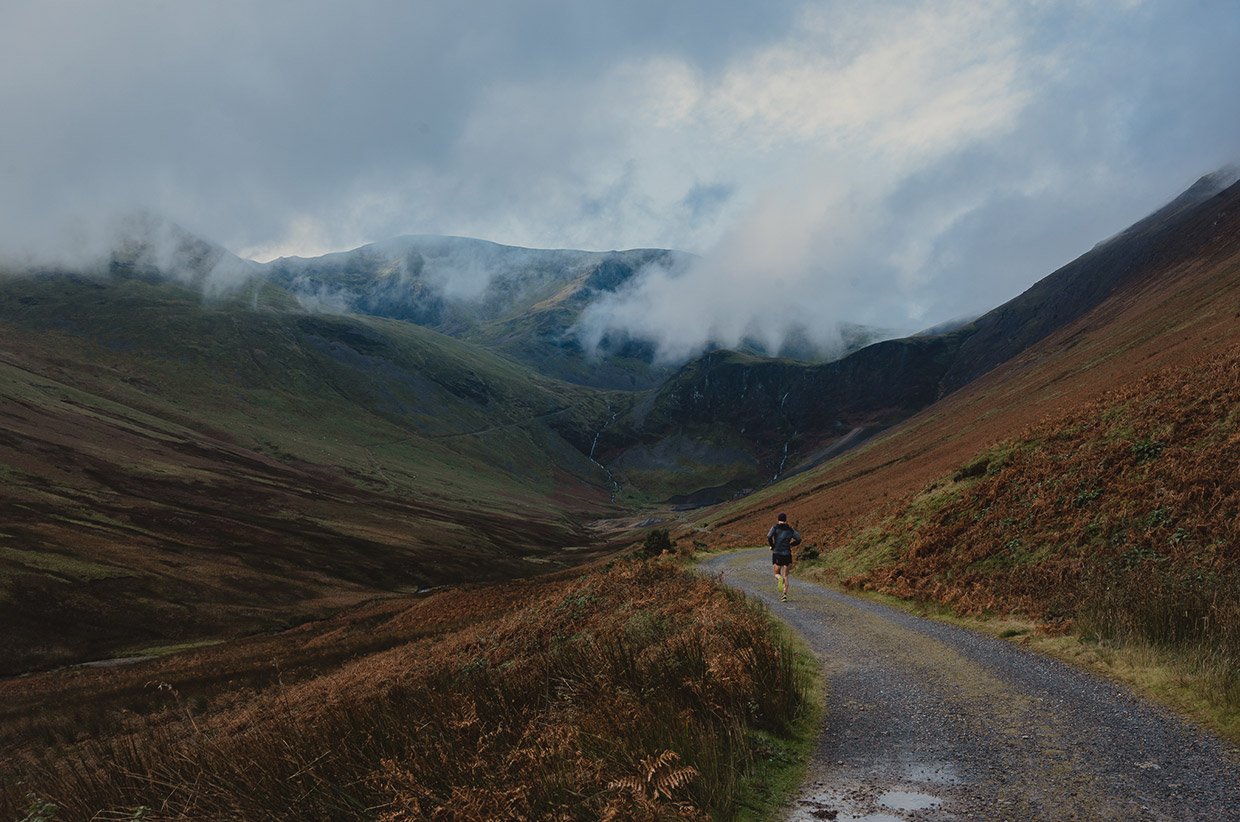
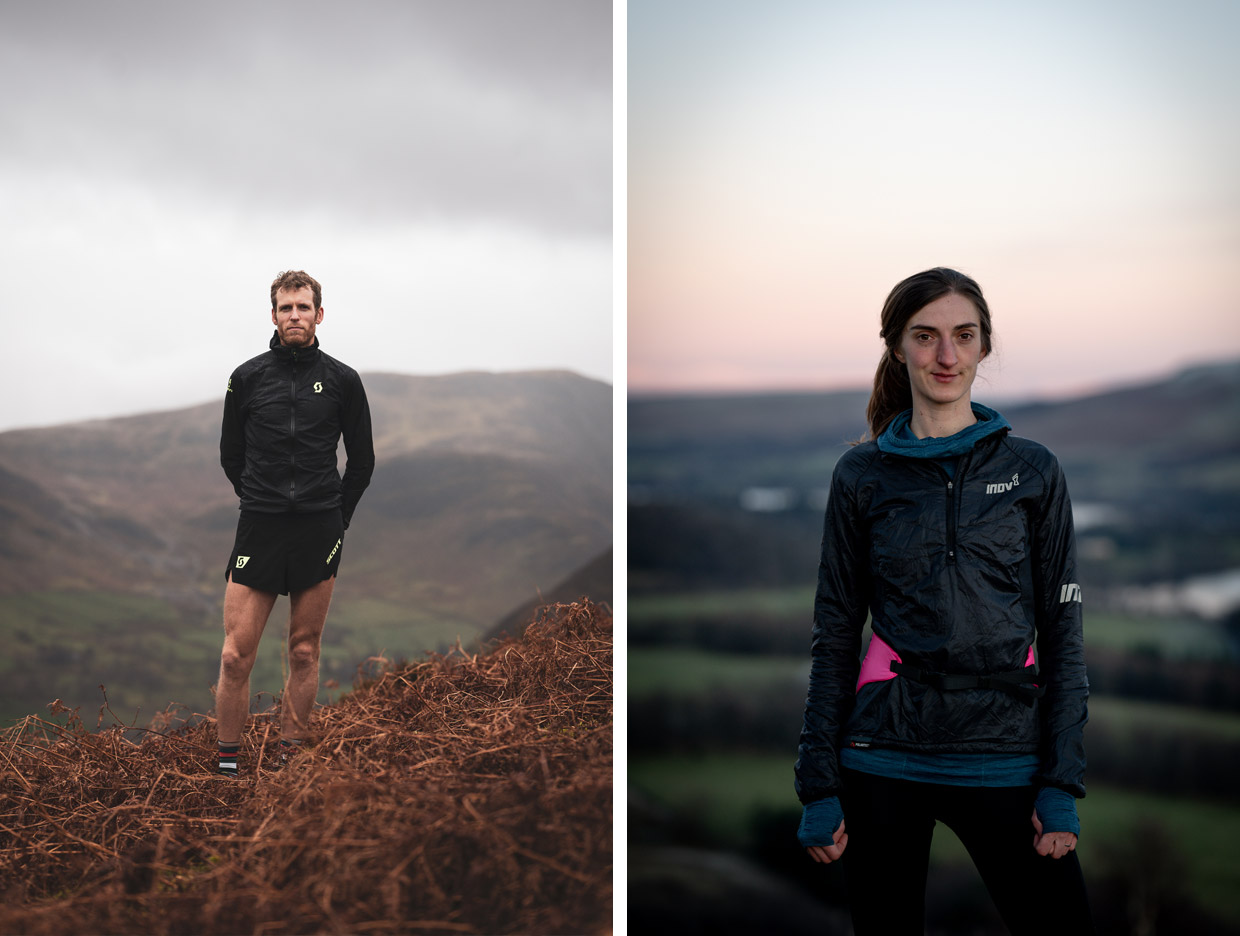
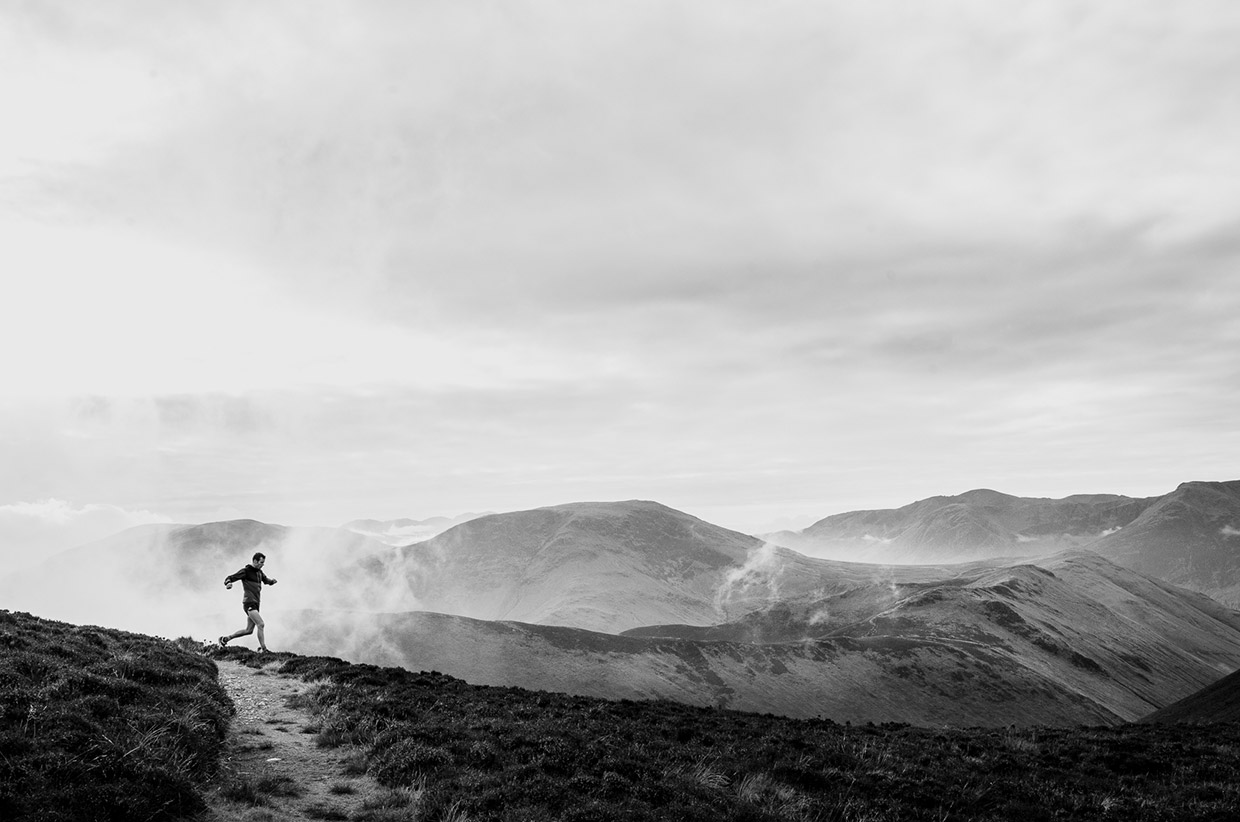
Ex-commando George Foster reflects on his own shift from suppressing emotions to embracing vulnerability, resilience, and self-improvement through fell running.
I’ve always been a natural long-distance runner, although I only took it up seriously when I joined the army. In the forces, physical fitness is part of the culture and day-to-day routine – they have you running everywhere. You have two hours of physical training every morning, gym time in the evenings, and if you mess up you’re sent for a run.
We used a term ‘grizz it out’, which meant pushing through a situation and still being able to operate, no matter the conditions. It involves taking the emotion out of a situation and treating an obstacle simply as a hurdle to overcome.
That’s the theory, although it was already becoming a kind of outdated, masculine mindset when I left. Confronting emotions was seen as soft, but real toughness is about dealing with emotions rather than ignoring them. If you can own up to your failings and learn from them – own them – then that’s true toughness.
I learned more about that when I moved into teaching. I realised the closer you get to failing at something, the more likely you are to learn important lessons and then progress. You need to be open to that failure, or you’ll stay within your comfort zone the whole time. I’m glad I figured that out before.
I joined the fire service because when you’re dealing with genuine trauma – death, serious injury, traffic collisions – blocking emotions might work once or twice, but it’ll never do the job indefinitely. If blocking is your idea of resilience then you’re asking for trouble.
You never exhaust challenges, whether you run on roads, trails, or the fells. In the mountains, there are extra layers of challenge. You need sound judgement, good navigational skills, and an ability to deal with weather; if it rains when you’re road running, it’s no big deal, but rain and wind on the fells can be game-changing.
I first did the Bob Graham back in 2016 in a time of 20 hours 52 minutes. Improving that had been in the back of my mind for a while. I’d spent summer in the Alps training hard and was pretty fit, so I thought I’d give the Bob another go.
It was already mid-September by that point, and the weather was going downhill, so I didn’t have long to dwell on it. I thought, ‘No one knows who I am. If it goes well – great; if it doesn’t, that’s great too.’ There was zero pressure and maybe because of that I got my time down to 13 hours 44 minutes, which makes me wonder now if I’d been fully invested in it, could I have run quicker?
At heart, I run for the challenge. It’s about pushing myself to see what I’m capable of – to see how good I can be with what I’ve got, and to identify both strengths and weaknesses, maximising the former and limiting the latter.
You fail far more times than you succeed in running. The failure is part of it, and you need to be content with that and find something you enjoy in the experience. If you can do that, you’ll never have a truly bad day running.
Why We Run tells the personal stories of 28 athletes, ranging from complete beginners to the fell-running legends. Each story is different and covers topics from navigating grief, PTSD, and heartbreak to building resilience, a sense of community, and a deep connection to the fells.
Interwoven into the book are maps of some of the classic running routes in the Lakes to inspire others to bring running into their lives; or, for those who already know the magic of these Lakeland fells and trails, bring a nod of recognition to their own running experiences.
The book available at Inspired by Lakeland: Why We Run – Tales of fell and trail running
Words & Photography by Danielle Ledbury // @whywe_run // @Danielleledbury // danielleledbury.com
Find out more about the project at Why We Run
Featuring Dr Julie Carter // mindfell.co.uk
And George Foster: performancemountainrunning.co.uk




